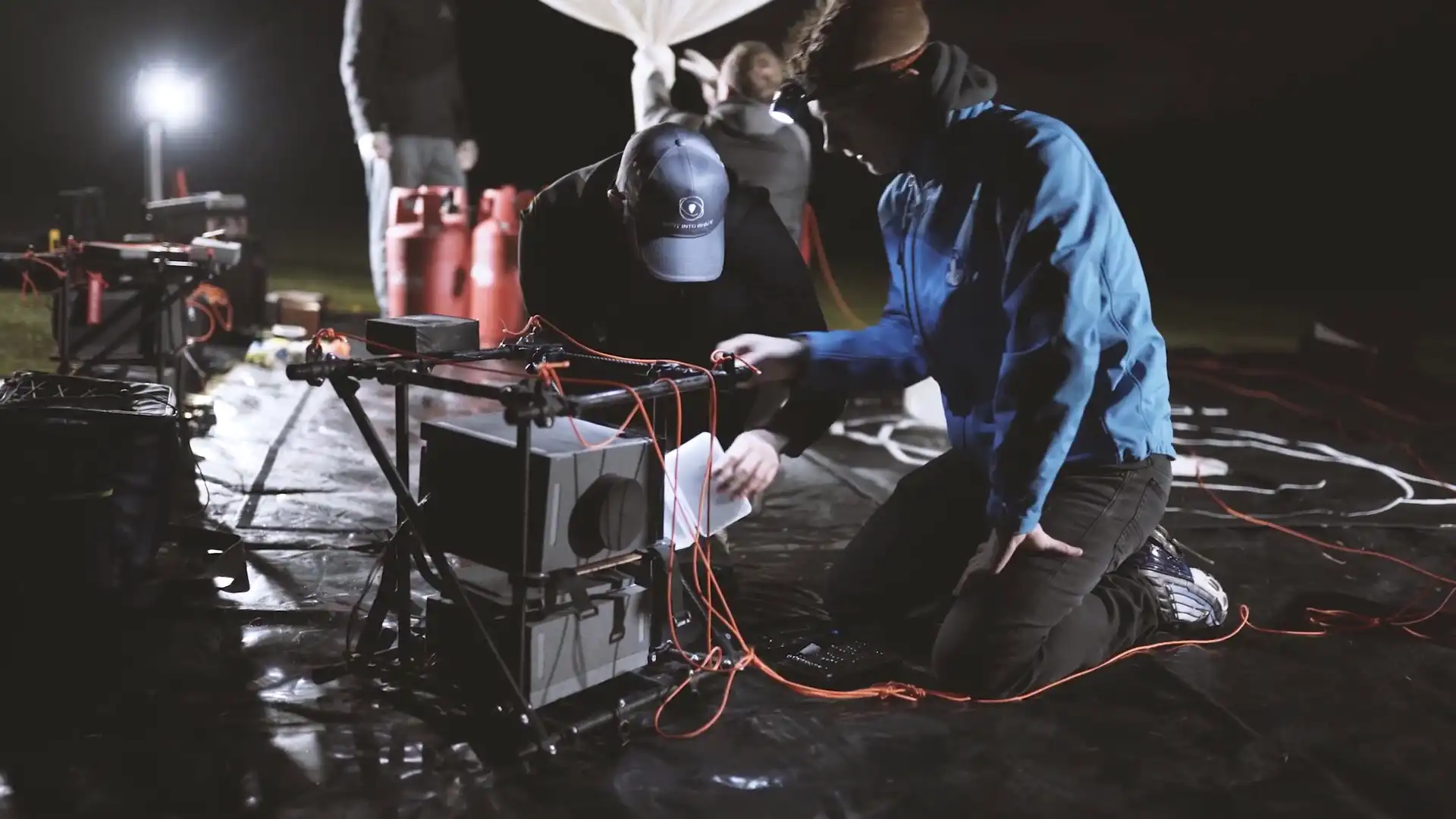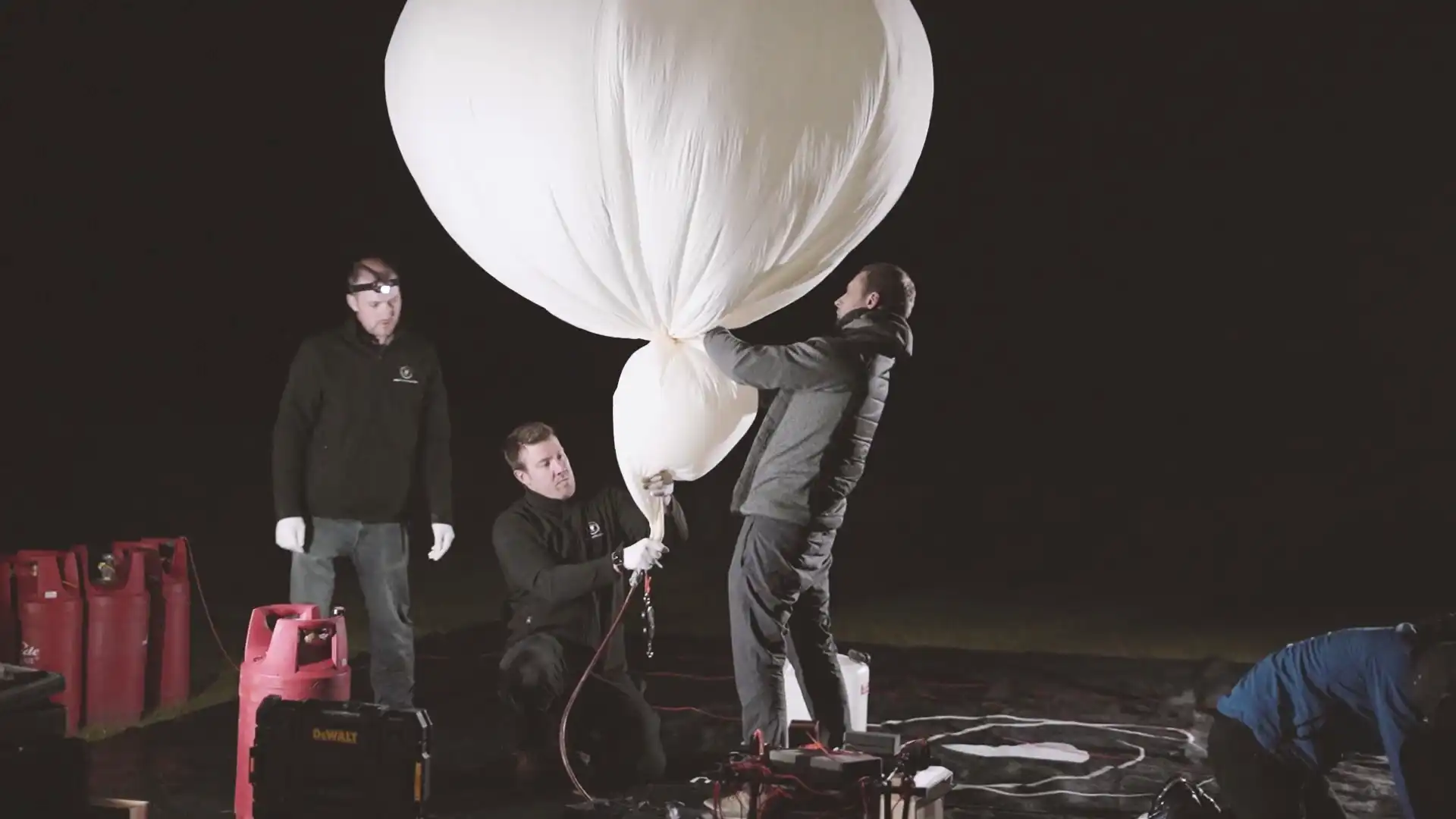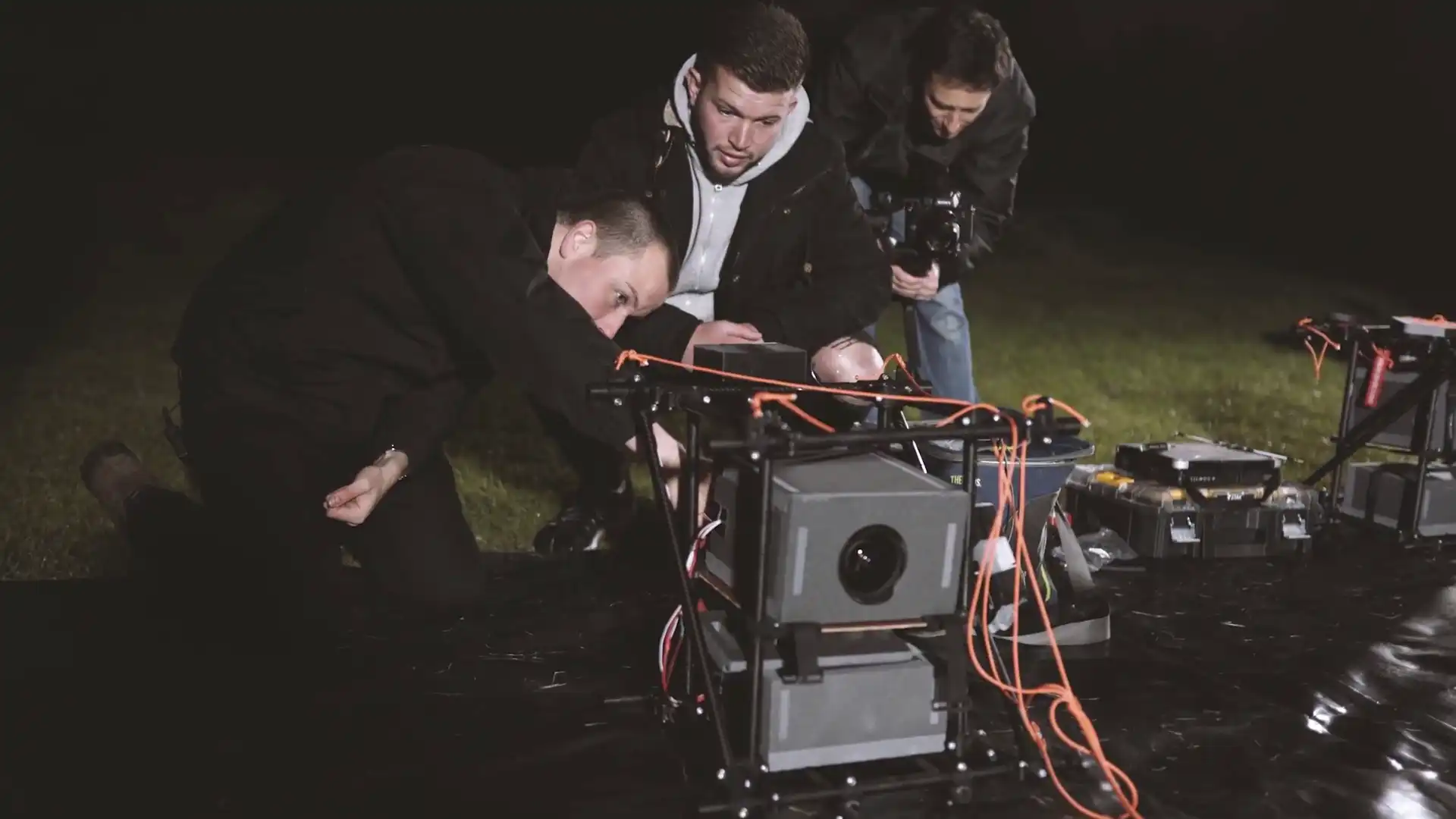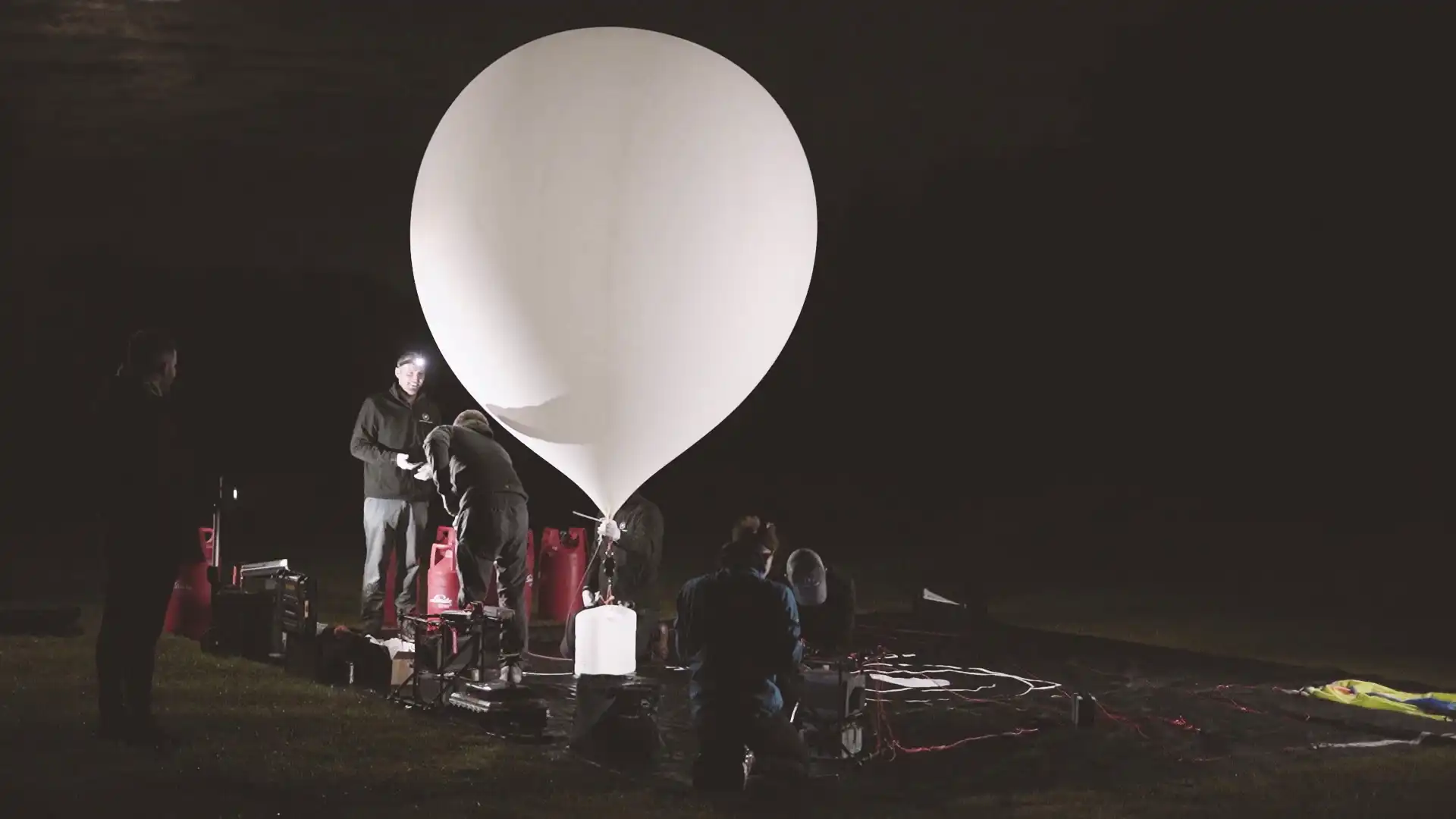Lights Out | International Dark Sky Week
- Evie Wilson
- Apr 27, 2022
- 2 min read
Updated: Aug 22, 2023
Every year, during the week of April’s new moon, people across the world come together to celebrate International Dark Sky Week - a time to acknowledge how light pollution is damaging our planet and think about steps to mitigate this. If you haven’t heard of it before, put it in your calendar to keep in mind for next year’s event!

What are the goals of International Dark Sky Week?
To reduce light pollution and raise awareness about its effects
Endorse the use of down-lit lighting solutions that send light away from the sky
To promote the study of astronomy
Every year the International Dark Sky Association encourage people to turn off outside lights as much as possible, confine light to specific areas, reduce blue light emissions, opt for fully shielded fixtures thereby reducing over-illumination, and make people aware that bright lights should only be used if completely necessary.
What are the types of light pollution?
Over-illumination (excess light beyond what is necessary for safety/efficiency)
Light clutter (groupings of lights in cities)
Light trespass (unnecessarily lit objects such as street lights that send light in all directions)
Sky glow (the haze disrupting our view of the milky way resulting from water molecules in the air trapping light)
Glare (impending bright lights which damage human sight)
What are the implications of light pollution?
Light pollution is detrimental to wildlife. Bats are more at risk of predation, birds’ circadian rhythms are disturbed, disrupting sleeping, eating, and migration patterns as well as leading to death from hitting skyscrapers and buildings that are over-lit at night-time. Sea turtles have been known to mistake the shimmer of artificial lights as water reflects on the ocean, leading them into hazardous areas.
It damages the human body clock. Have you ever slept somewhere with a streetlight in clear sight of the bedroom window? Streetlights too near our windows disrupt our body’s production of melatonin, leading to a delayed release of the sleepiness-inducing chemical vital for sleep onset.
Disruption to the natural growth patterns of trees and plants, with poor adjustment to seasonal changes in weather and light exposure.
A waste of economic resources. Harshly lit storefronts do not correlate strongly to greater daytime footfall. Environmental responsibility requires conservation and efficiency, but we are largely ignoring this on the subject of artificial light.

How can you help reduce light pollution?
Have a think about ways that you can reduce the light pollution in your life by cutting down on decorative lighting at night, using downward-facing bulbs, and purchasing LED lights. Society has a long way to go to reduce light pollution, after all, it is increasing at 2X the rate of the population, and 83% of the world currently live under a light-polluted sky.
On a wider scale, we need to be exploring alternative options to our current light-polluting habits if we are to slow down the ever-increasing damage this anthropogenic pollutant causes. If you want to learn more about this week’s event, look on the International Dark Sky Week site.
Feel free to share this post with friends and family to spread the word about this critical issue.
Lights out folks!
We appreciate you taking the time to make your way through our IDSW blog. Here's a behind-the-scenes throwback to some nighttime imagery we captured for the space launch!
.png)














